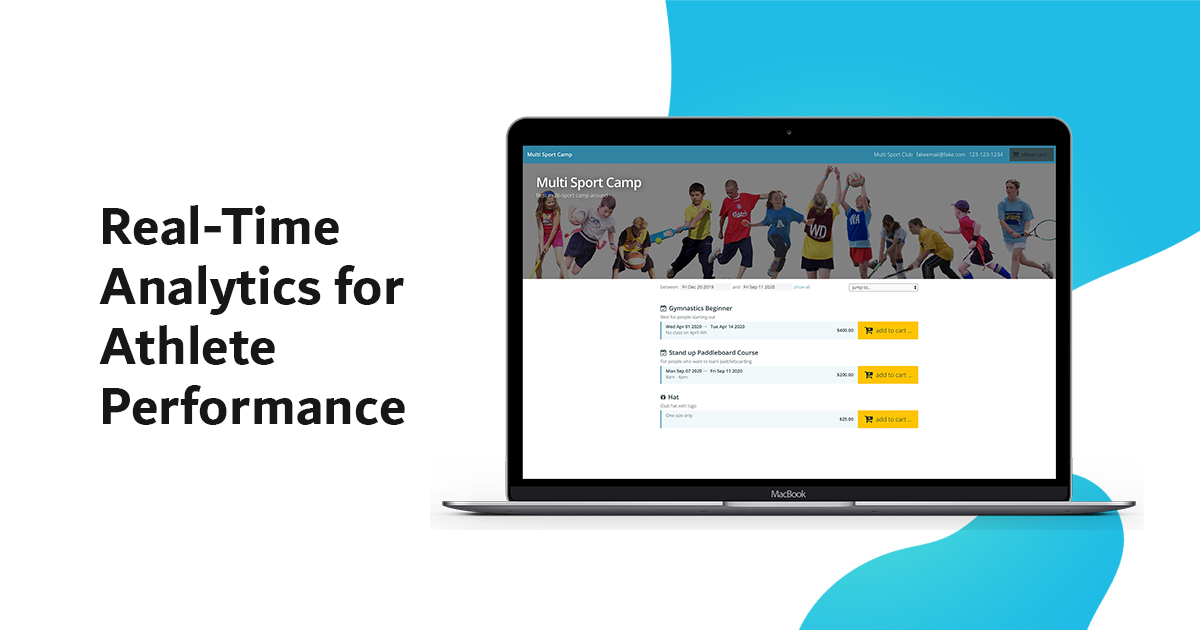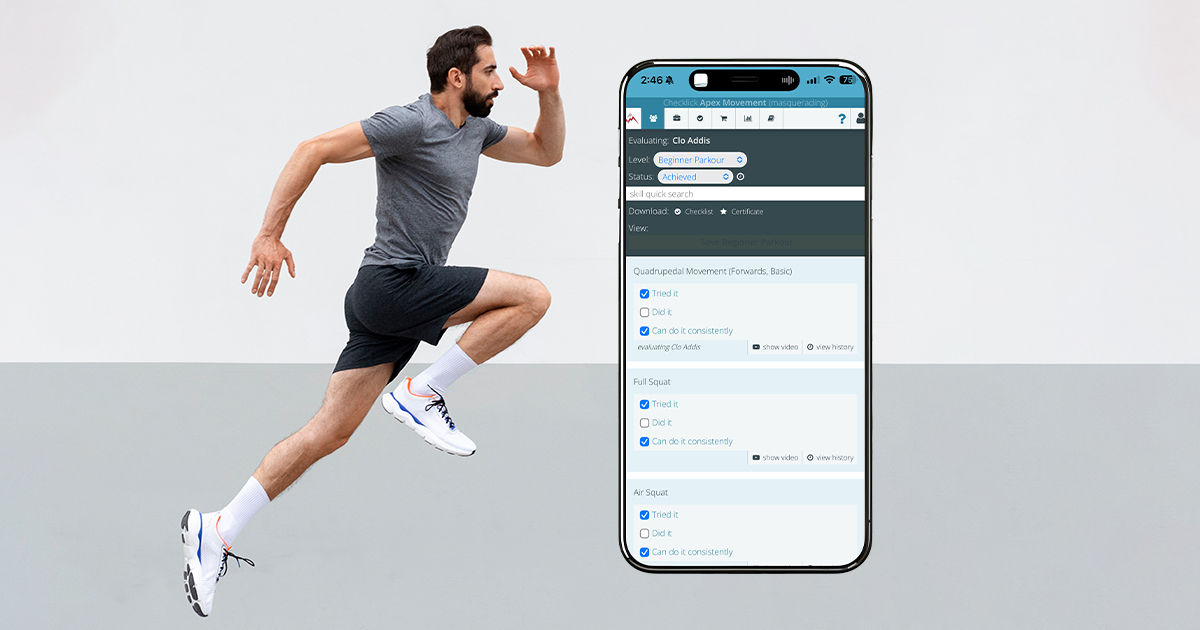Table of Contents
ToggleReal-Time Analytics: Transforming Athlete Development and Tracking
Real-time analytics change the way that athletes and coaches do practice and competition. Coaches can track the athlete’s performance in real-time, and on this basis, come up with quick changes to improve the outcome by means of tools using athlete performance tracking, such as wearables, skill metrics, and video analysis. Research studies from McKinsey also reveal that teams that use data-driven strategies put in 20 percent better performances.
This near-instant response in athlete performance management is essential for coaches to quickly identify which areas of an athlete’s performance to focus on and what their weaknesses and strengths are. As sports data analyst John Doe points out, “Real-time data empowers coaches to make instant decisions that optimize an athlete’s performance.”
ADTS™, or Athlete Development Tracking Systems, are the necessary adjustments in the light of what they deliver as a basis for tracking athlete development over time.
Coaches can use these systems to make sure athletes are developing in line with long-term plans.
What Is Real-Time Analytics in Athlete Development?
Real-time analytics in athlete development refers to the collection and analysis of performance information while executing activities in the field or during competition. Coaches can, therefore, make data-driven decisions on the fly during competition, monitoring speed, acceleration, and distance traveled through the use of tools such as the athlete monitoring system.
Tracker systems give detailed information on an athlete, maximizing their training regime, strengthening weak areas, and playing off a person’s strength.
Another important role is the athlete data management system, which is organized and stored in a way that is later used for the analysis of performances. ADTS™ Athlete Development Tracking System is an integration of all that data, enabling coaches to track the long-term development of an athlete. Coaches are empowered to make wise decisions and maximize training for improved results thanks to this smooth integration of real-time data.
Key Benefits of Real-Time Analytics for Athlete Performance
Athlete performance optimization greatly benefits from real-time analytics, which offers instant feedback and useful insights. Coaches and athletes can make well-informed decisions to improve training, avoid injuries, and perform at their best by regularly monitoring data.

- Instant Feedback: Gives coaches real-time information for tracking athlete performance, enabling them to make adjustments right away to maximize training.
- Personalized training plans: Adapt instruction to each person’s unique strengths and shortcomings by monitoring their progress, guaranteeing effective growth.
- Biomechanical Analysis: Improves performance by honing skills like sprinting and pitching using motion sensors and high-speed cameras.
- Physiological Monitoring: To avoid overtraining and maximize recovery, wearable technology monitors heart rate, oxygen saturation, and fatigue.
- Load Management: By ensuring that athletes train at their best intensity, load management helps them avoid injuries and perform at their best.
- Injury Prevention & Early Detection: Proactive interventions are made possible by motion analysis, which helps spot minute movement patterns that could indicate upcoming injuries.
- Mental Well-Being: Encourages motivation and engagement for long-term performance by tracking psychological aspects like stress and sleep.
Read more about Engaging Athletes with a Personalized Development Journey
The Role of Athlete Development Tracking Systems (ADTS™)
An Athlete Development Tracking System would be central to the management of athlete performance, for instance, in their training, as it provides inclusive information related to progress in the development of an athlete. The system offers an all-inclusive perspective on performance through a wide scale of metrics such as the development of skills and physical fitness tracked for coaches.
Real-time data is gathered during training with ADTS™, enabling instant performance analysis. This makes it possible for coaches to swiftly modify training plans in response to an athlete’s requirements.
By contrasting present performance with historical outcomes, the system enables athletes to track their progress and pinpoint their areas of strength and weakness. By keeping athletes on course, this ongoing observation maximizes training results and lowers the chance of injury.
Ultimately, ADTS™ helps coaches and athletes make informed decisions, enhancing performance and supporting long-term development.
Read more about Athlete Monitoring: The Future of Data-Driven Coaching in 2025
Enhancing Long-Term Athlete Development with Real-Time Data

Performance tracking and growth are greatly improved when real-time data is incorporated into Long-Term Athlete Development (LTAD). Athlete data management systems allow coaches to track progress over time and modify training in response to real-time feedback.
Customized training plans are made possible by real-time data, which offers insights into technical and physical performance. By addressing individual needs, this data-driven approach guarantees that athletes develop at their best rate.
Real-time data insights and successful LTAD are clearly related because they enable coaches to make timely adjustments, avoiding overtraining and optimizing progress. Through thorough monitoring, athletes can improve their skills over time, advancing their short- and long-term development objectives. Ultimately, real-time analytics accelerates an athlete’s growth, fostering sustainable success.
The Future of Athlete Development with Checklick’s Real-Time Performance Data
Checklick’s creative use of real-time performance tracking is influencing the direction of athlete development. Coaches can benefit greatly from Checklick’s Athlete Development Tracking System (ADTS™), which offers comprehensive insights into athletes’ performance metrics and progress. Coaches can monitor important data points like skill development, fitness levels, and progression over time by utilizing Checklick’s system.
As developments progress, Checklick’s mobile device integration facilitates smooth real-time assessments, allowing for prompt training plan modifications. This guarantees that athletes receive individualized care, enhancing their performance and training effectiveness.
Coaches can optimize training schedules and improve overall athlete development by using Checklick’s athlete monitoring system to make data-driven decisions. Sports training is about to undergo a revolution thanks to this emphasis on real-time data, which will guarantee that athletes fulfill their potential with smarter, more informed strategies. The future of athlete development is here, and Checklick is leading the way.
The Bottom Line
In summary, improving athlete development requires real-time analytics. Checklick’s Athlete Development Tracking System (ADTS™) and its comprehensive athlete monitoring features enable coaches to track athlete progress with precision.
Checklick greatly improves athlete performance management by enabling coaches to make data-driven decisions and optimize training plans by utilizing real-time data.
Systems like Checklick will play a key role in determining the direction of sports training in the future as athlete development becomes more data-driven, ensuring that athletes fulfill their potential and succeed in the long run.
Ready to take your athlete development to the next level? Start using Checklick today to track progress and optimize performance.

